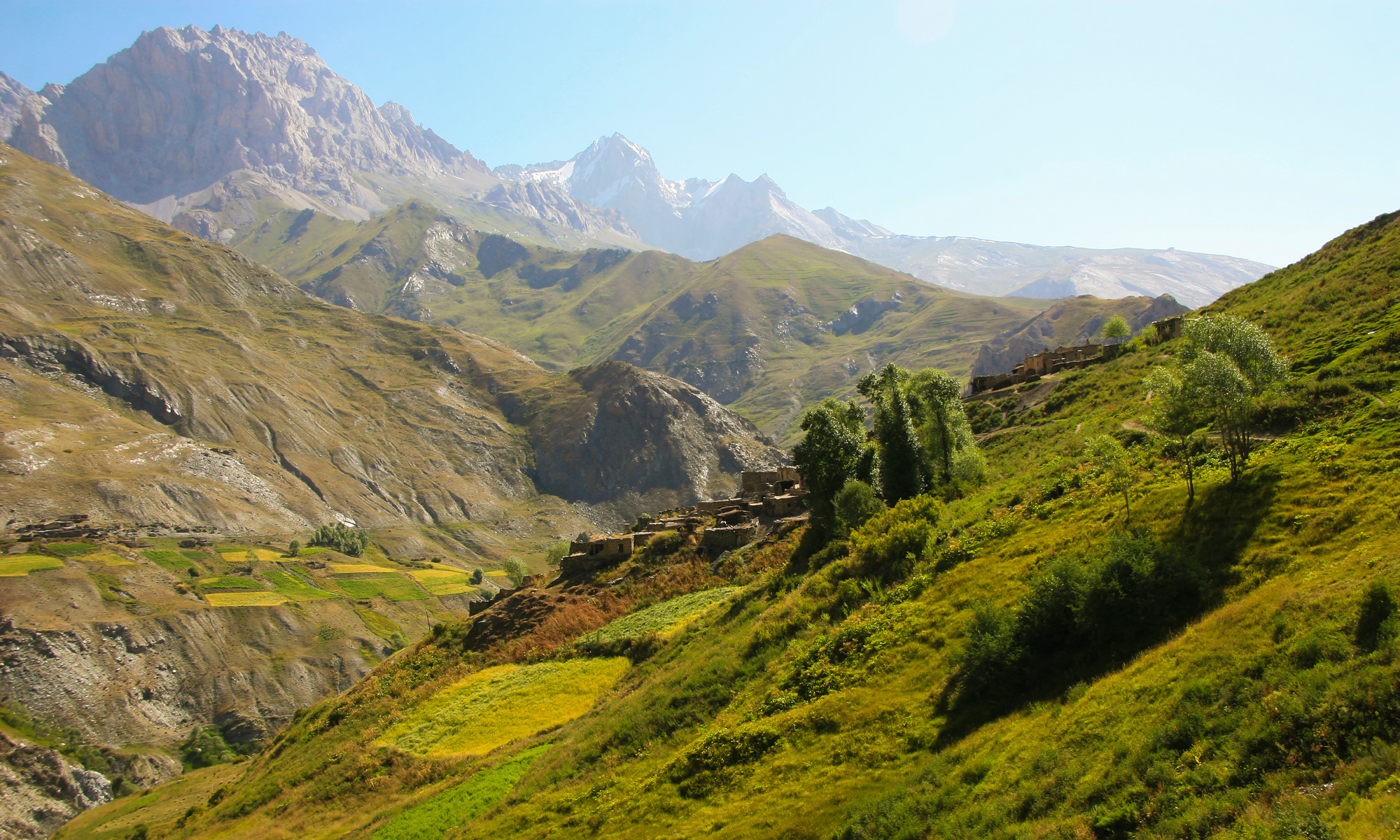In the high-altitude villages of Tajikistan’s Yaghnob Valley, winter is more than a season—it is a test of endurance. Food is measured not in calories, but in sacks of barley, bowls of broth, and the absence of full plates. When supplies run out, so too does resilience. For many households, spring brings not renewal, but hunger.
The traditional Yaghnobi diet is shaped by altitude, short growing seasons, and labor-intensive practices. Most households rely on subsistence farming and animal husbandry, supplemented by seasonal gathering. Common staples include:
-
Barley flatbreads
-
Lentils and pulses
-
Milk and curdled dairy (when animals are producing)
-
Broths made from dried legumes or foraged herbs
Vegetable diversity is limited. Potatoes, onions, and wild greens are cultivated during the brief summer months, but preservation options are minimal. Meat is rare and typically reserved for ceremonial use or emergencies. As a result, diets are low in protein and essential micronutrients for much of the year.
Public health assessments from the region highlight a significant gap between caloric intake and nutritional adequacy—particularly during late winter and early spring, when food stores are depleted and fields have not yet yielded crops.
This period, often referred to locally as the “hungry season,” contributes to:
-
Stunted growth in children
-
Chronic fatigue among adolescents
-
Exacerbated joint and bone issues in elders
-
High susceptibility to infection across age groups
Without access to fortified foods, supplementation, or basic clinical screening, conditions such as anemia, rickets, and iodine deficiency go largely undetected and untreated.
The long-term food security of the Yaghnob Valley was profoundly disrupted by the forced Soviet-era deportations of the 1970s. Families relocated to the plains were removed from their traditional farming knowledge, seed varieties, and irrigation practices.
Upon return—often decades later—they found their ancestral lands overgrown, tools lost, and seed stocks diminished. Rebuilding these systems has been slow and unsupported. Many returned families now rely on market-purchased goods or remittances, both of which are unreliable due to inflation, road closures, or climate-related disruptions.
The nutritional vulnerabilities of the valley intersect with broader systemic challenges:
-
Lack of health infrastructure to monitor child growth or maternal nutrition
-
No targeted nutritional education adapted to traditional cooking methods
-
Minimal access to micronutrients or supplements, even for high-risk groups
-
No institutional school feeding programs or food safety standards in place
This makes prevention and intervention difficult. Without mobile clinics, nutritional screenings, or data collection, even the most basic indicators of community health are missing. These gaps leave families to navigate hunger alone—with limited tools and no safety net.
Improving nutritional outcomes in the Yaghnob Valley does not require radical transformation. It requires small, practical, and culturally informed strategies that reinforce local resilience. Potential interventions include:
-
Altitude-appropriate seed banks to rebuild crop diversity and growing cycles
-
Community gardens and low-tech greenhouses for fresh vegetables during off-seasons
-
Introduction of fortified staples (e.g., iodized salt, vitamin-enriched flour) through trusted supply routes
-
Nutrition education delivered by local women or elders, blending scientific and traditional knowledge
-
Micronutrient distribution (iron, vitamin A, iodine) in partnership with community-based health workers
-
Low-cost food storage methods, including root cellars or sun-drying racks, to preserve excess harvests
These approaches must prioritize not only biological nutrition but social cohesion. In Yaghnob, food is deeply tied to dignity, culture, and collective identity. Interventions should enhance—not replace—traditional food systems.
To build a sustainable food future for Yaghnobi communities, nutrition must be viewed as part of a broader public health strategy—one that connects maternal health, clean water access, child development, and economic opportunity. No child should grow up without the nourishment to learn. No elder should enter the “hungry season” without support.
